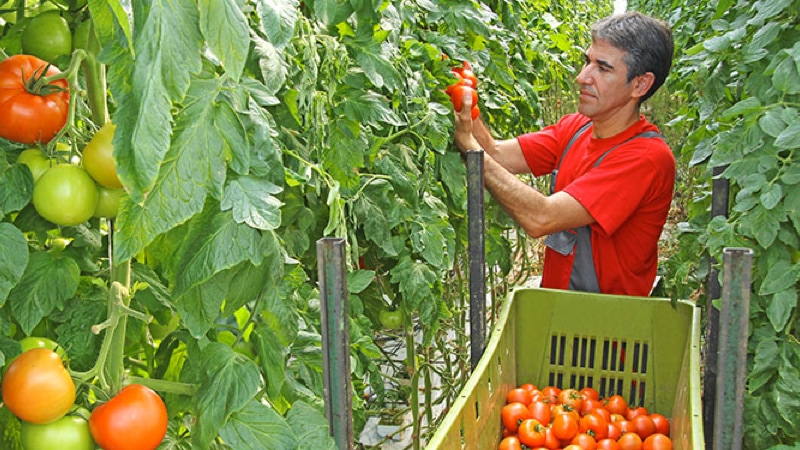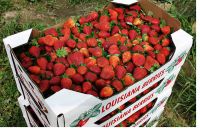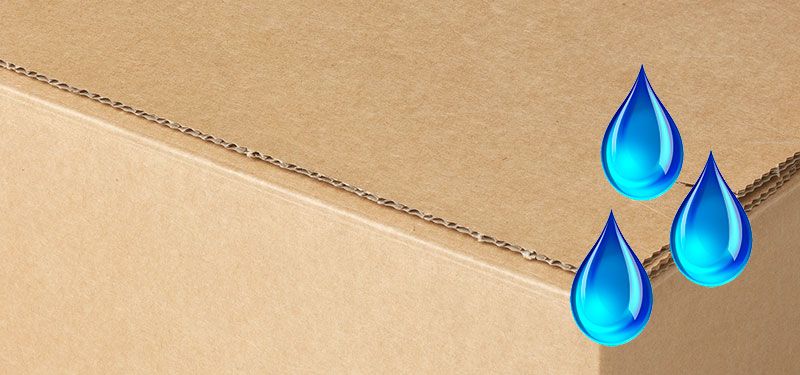Fruit and vegetable industry

Potatoes, vegetables, and fruit.
During transport, it is important that vulnerable vegetables and fruits are protected.
The strength of the box, the cardboard quality, the correct pallet stacking, and the determination of the humidity level of the cardboard are only a few examples of frequently performed – periodical – tests for this sector.
Frequently occurring (transport) situations

Because the transport and storage of fruits and vegetables usually occurs in cooled spaces, it is important that the boxes are able to withstand such conditions. Because sagging boxes often result in direct damage to the product, such as:
- (too) light boxes
- wrong pallet stacking
- moist space
Test options
Frequently occurring tests for the fruits and vegetables branch are:
Box Compression Test

In order to determine the strength of a packaging, a so-called Box Compression Test (BCT) is conducted. Prior to the test, the packaging is conditioned on the necessary temperature and humidity so the starting conditions are always equal. If necessary, this allows for a comparison of the test results to previous tests.
The test is always conducted five times in order to exclude any coincidental occurrences. This test is performed in accordance with the ASTM test standard D642-00.
Humidity determination

Humidity has a significant influence on corrugated cardboard. In case of a high humidity, the strength of the cardboard, and, therefore, your packaging, may reduce by 50%.
The amount of moisture absorption depends on the composition of the cardboard. Via a determination of the humidity level in cardboard in case of humid (90% RH) and dry (105 °C) circumstances, the percentage of moisture absorption can be determined.
This test is conducted according to test standard ISO 287.

